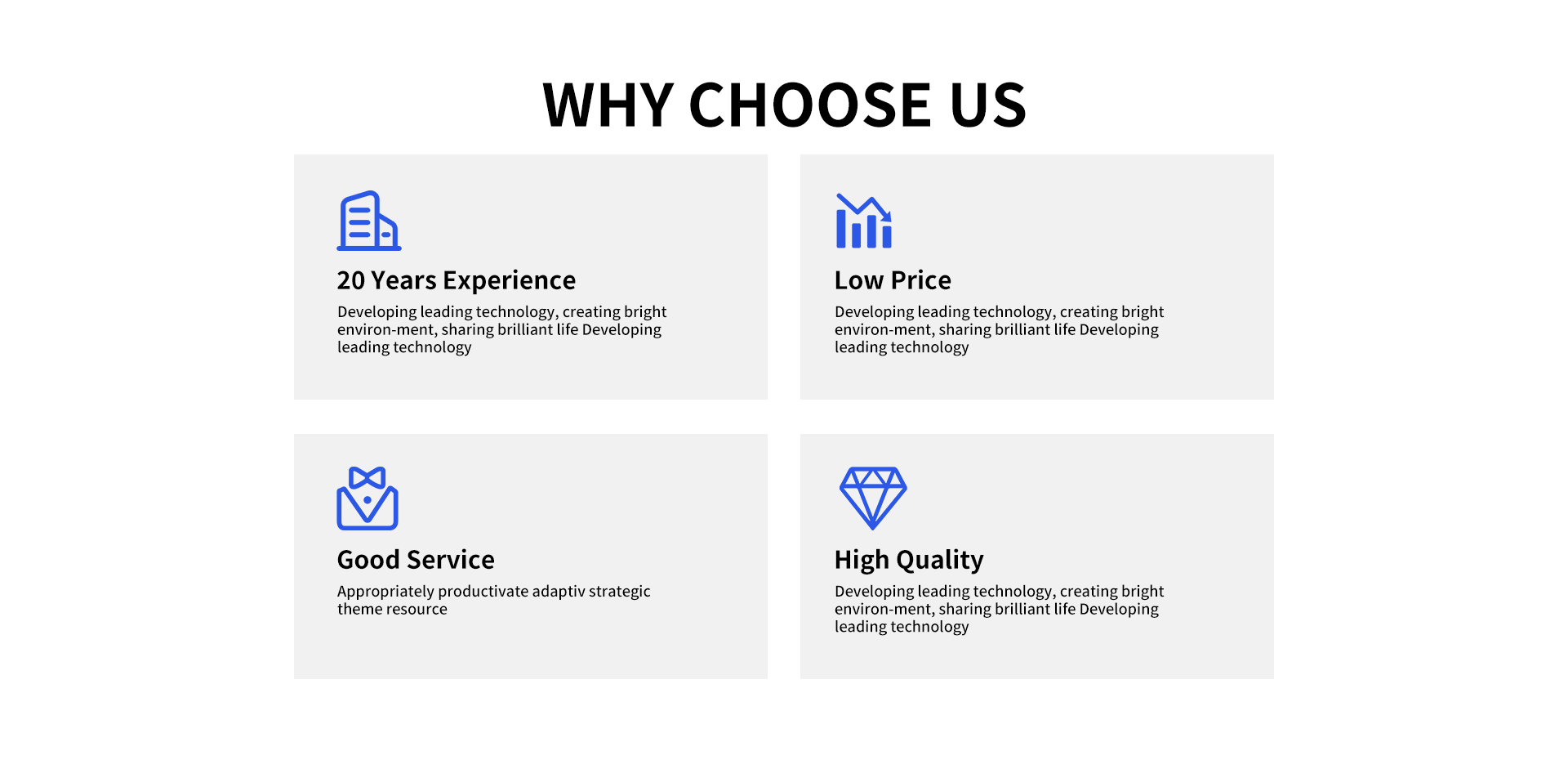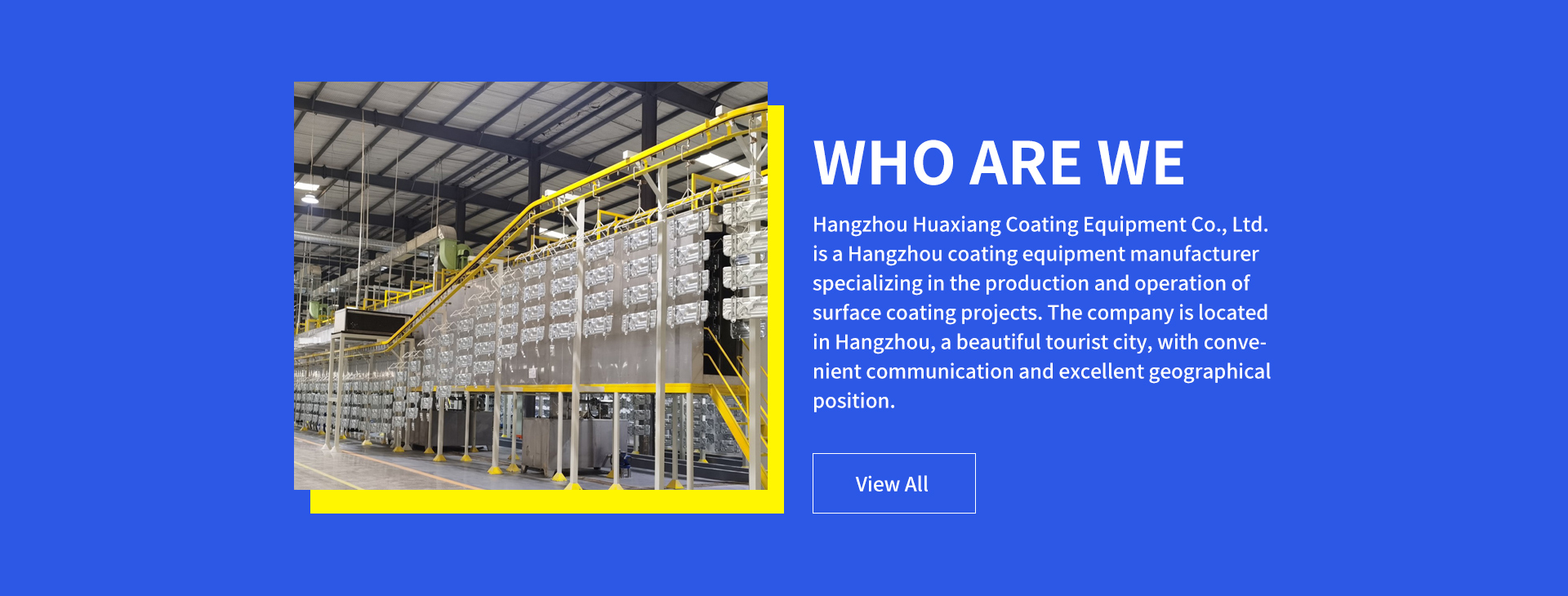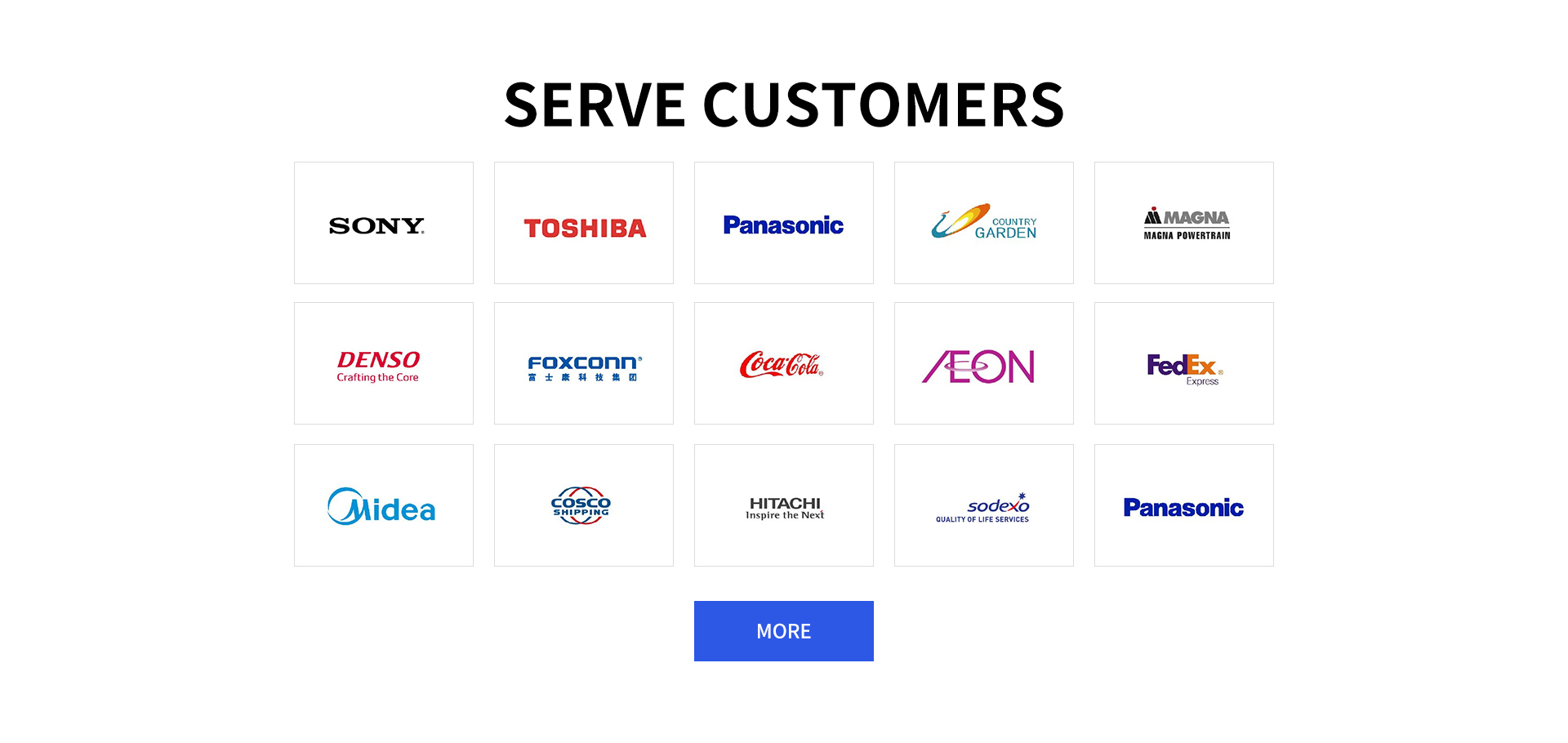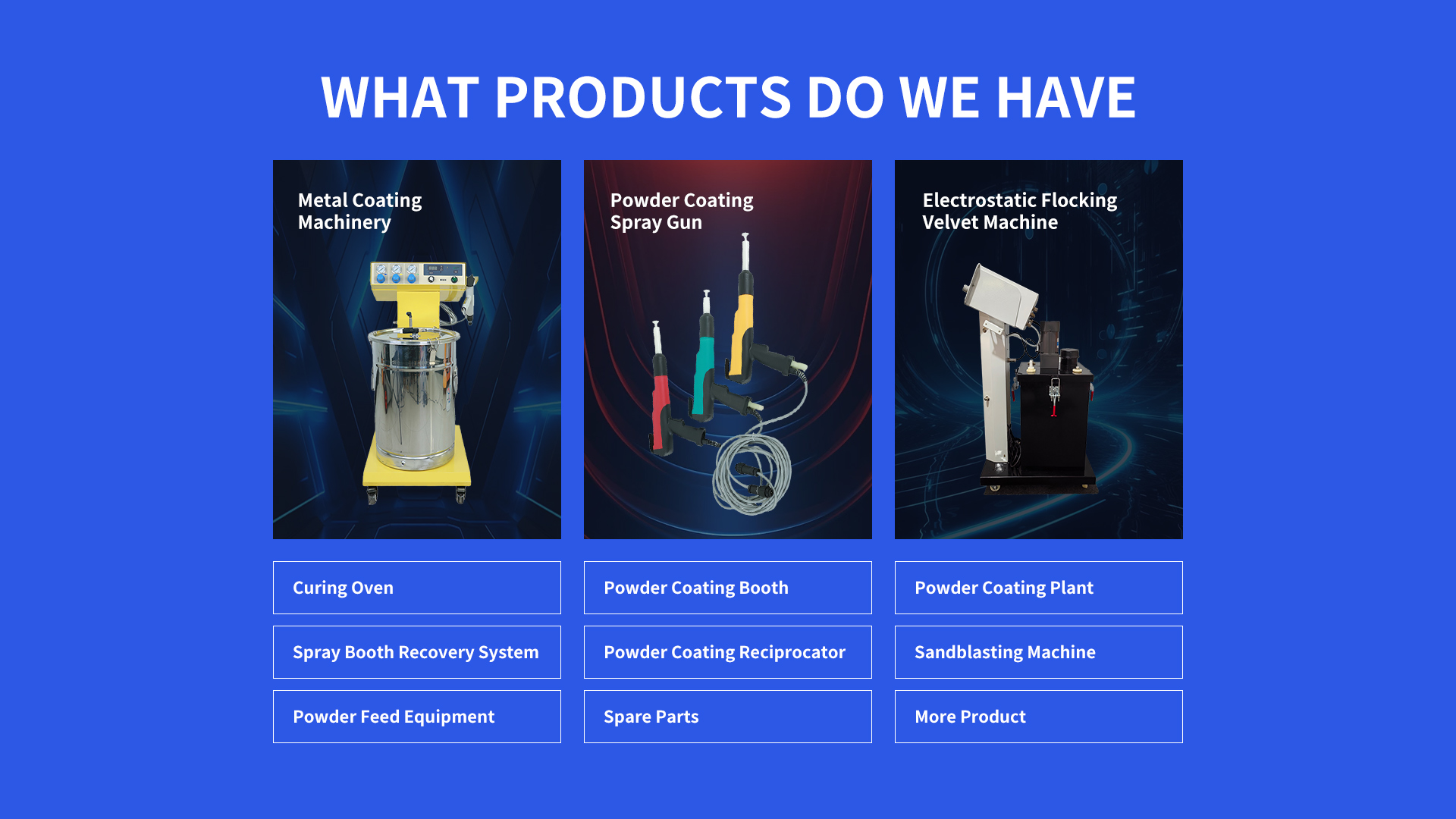1. Powder Spraying Curing Oven Components and Design
A Powder Spraying Curing Oven is a thermal system designed to harden powder-coated surfaces. Key components include insulated chambers, heating elements (electric, gas, or infrared), temperature controllers, conveyor systems, and exhaust vents. Advanced models feature multi-zone heating (±2°C accuracy), touchscreen HMIs, and IoT connectivity for real-time monitoring. Stainless steel construction ensures durability, while ceramic fiber insulation minimizes heat loss.

2. Applications of Powder Spraying Curing Ovens
These ovens are essential in automotive manufacturing (car parts, wheels), appliance production (refrigerators, ovens), and architectural metalwork (steel beams). They cure coatings for aerospace components, medical devices, and agricultural machinery. Their precise temperature control makes them ideal for heat-sensitive substrates and industries requiring consistent, high-quality finishes.
3. Powder Spraying Curing Oven Price Ranges
Small batch ovens start at 10,000,whileconveyorizedsystemsrangefrom50,000–200,000.High−capacityovenswithadvancedfeatureslikeAItemperaturecontrolorenergyrecoverymodulesexceed300,000. Prices depend on chamber size (5–50 m³), heating capacity (10–100 kW), and certifications (CE, UL).
4. Best Practices for Operating Powder Spraying Curing Ovens
Preheating: Allow 30–60 minutes to stabilize temperatures.
Loading: Space parts evenly to ensure uniform heat distribution.
Curing: Follow powder specifications (typically 180–220°C for 10–30 minutes).
Maintenance: Clean heating elements quarterly and replace damaged insulation promptly.
5. How to Choose a Powder Spraying Curing Oven
Production Volume: Batch ovens for low output; conveyor systems for mass production.
Energy Efficiency: Opt for ovens with heat recovery systems (30%+ energy savings).
Certifications: Prioritize CE, OSHA, and NFPA 86 compliance.
Customization: Select modular designs for future expansion or specific part sizes.
6. Safety Guidelines for Powder Spraying Curing Ovens
Ventilation: Install explosion-proof exhaust systems to remove fumes.
Electrical Safety: Ground all components and inspect wiring monthly.
Fire Prevention: Use thermal fuses and Class B/C fire extinguishers.
PPE: Require heat-resistant gloves, aprons, and safety goggles.
7. Design Efficiency of Powder Spraying Curing Ovens
Electric ovens reduce carbon footprints by 40% compared to gas models, with zero emissions. IoT integration enables predictive maintenance, cutting downtime by 25%. Insulation materials like ceramic fiber reduce heat loss by 50%, while modular designs allow cost-effective upgrades.
8. FAQs on Powder Spraying Curing Ovens
Q: How often should I service a powder spraying curing oven?
A: Conduct monthly inspections and annual professional maintenance for optimal performance.
Q: Can curing ovens handle large or irregular parts?
A: Yes, customizable racks and adjustable zones accommodate diverse geometries.
Q: Are powder spraying curing ovens suitable for SMEs?
A: Compact models with lower energy costs are ideal for small-scale operations.
Q: How to reduce energy consumption in curing ovens?
A: Activate EcoMode settings and integrate heat exchangers to reuse waste energy.
Q: What certifications ensure oven safety?
A: Look for CE, UL, and ISO 9001 certifications when purchasing powder spraying curing ovens.
Disclaimer: Enhance your coating process with advanced electrostatic powder coating machines, precision powder coating spray guns, comprehensive powder coating systems, and efficient powder coating lines from Hangzhou Huaxiang Coating Equipment Co., Ltd. Designed for reliability and high-quality finishes, our solutions meet all your industrial powder coating machine needs. Contact us at sale3@cncolourspray.com












